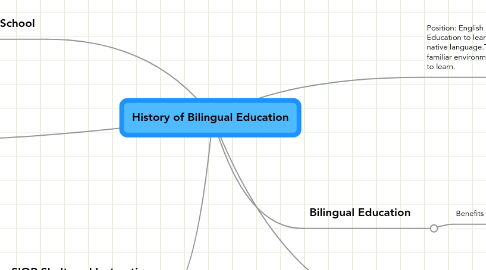
1. Bilingual School
1.1. The first modern bilingual schools program worldwide which have been supported by government control and coordination started their program 1950 in the eastern part of Germany in the Lausitz. This special Region had a closed connection to Poland and so example schools were opened to force the bilingual understanding with the background that the eastern part of Germany were closely connected to Russia to execute in general Russian language as a second language across East Germany as a political act to support the Russian politics also in the basic school education.
2. Cost
2.1. $1,050 average per ELL student $700.00 average per regular student
2.2. ELL Programs: approx. $210,00 ayear to run.
3. SIOP-Sheltered Instruction for Academic Achievement
3.1. Students feel welcomed and in return focus on learning.
3.2. SIOP model not only for ELL students, but could used for all students.
3.3. Goal of SIOP is to make grade level content standards and concepts accessible for ELLs while they develop and improve their English language profiency.
3.4. Teachers scaffold instruction to aid student comprehension of content topics and objectives by adjusting their speech and instructional tasks, and by providing appropriate background information and experiences.
4. Position: English Language Learners should receive Bilingual Education to learn English and still learn the curriculum in their native language.They will feel more comfortable while being in a familiar environment. This will increase their self esteem and desire to learn.
4.1. Types of Bilingual Education
4.1.1. Transitional- Students receive instruction in their native language while transitioning into English-language instruction.
4.1.2. Maintenance-Students receive instruction in their native language while gradualy transitioning into English instruction, with the goal of being proficient in both languages
4.1.3. Dual Language Program-50% students speak English. 50% English Language Learners who speak the same native tongue. Instruction is done in both languages with the goal of having all students proficient in both languages.
5. Other options
6. Bilingual Education
6.1. Benefits of Bilingual Education
6.1.1. Students are familiar with the language, and learn the content in that language.
6.1.2. There are other programs, theories, and strategies out there, however none compare to a Bilingual Education program.
6.1.3. Students also learn the English language since it is also being used in class.
